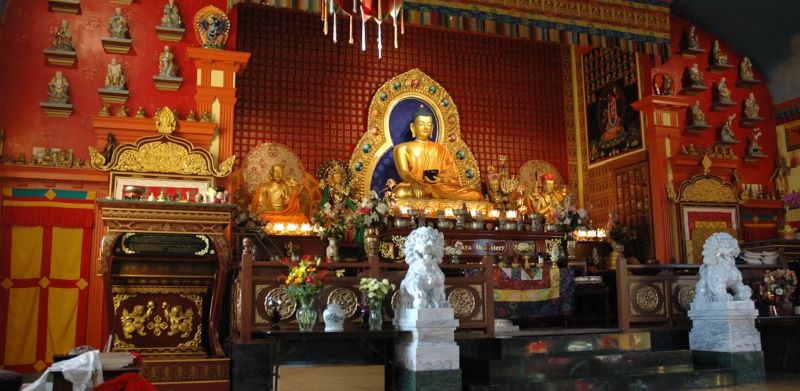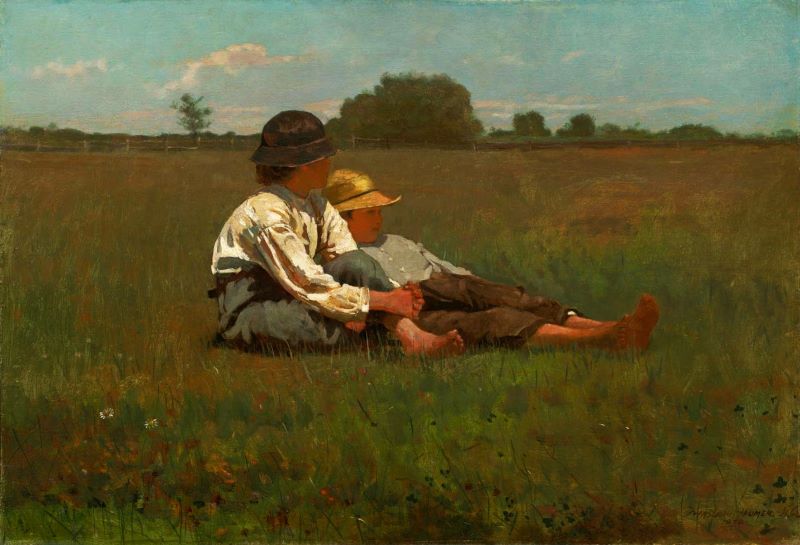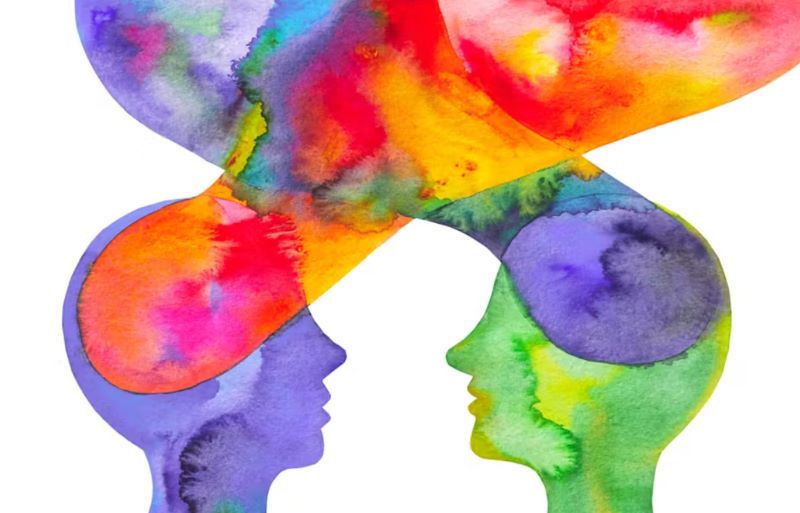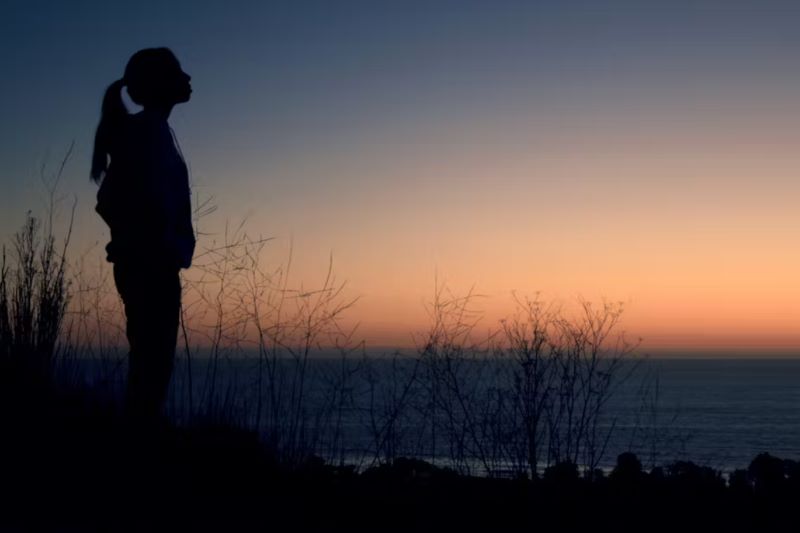

By Madelaine Ley
Philosopher and writer
As a technology ethicist researching and teaching at a technical university, I often hear big ideas about how to solve the world’s crises and build a brighter future. I attend well-intentioned presentations proposing retail robotics to reduce food waste, global emissions management, and grand geoengineering endeavors.
Many of these projects are very innovative—feats of the intellect, really—but as I hear them, the absence of life (and reverence for it) looms loud. The graphs and catchy pitches leave little room for the beings these projects purportedly aim to protect.
The pull of solving problems is nearly irresistible, especially in times like these when many of us are so desperate for change. But the over-reliance on human agency can pull us out of the present and distract from the life that’s all around us.
That’s true for global climate catastrophe and it’s true for my own backyard. When I moved into a new apartment in Delft, Netherlands, a year and a half ago, I walked outside, looked around, saw what might be changed to fit my aesthetic, and went back inside. And that from someone who strongly identifies as a nature lover.
A recent course exploring the concept of Kinship opened my mind to the ways colonial ideology is ingrained in our society. My growing awareness of this has shown my relationship with nature—as with technologists’—to be troubled. We have a deeply rooted propensity toward controlling, grasping, and extracting. This desire for domination manifests in the technological climate “fixes” on a global scale (as well as the fossil-fuel-driven development that created the crisis in the first place). And it also manifests in my heartfelt efforts to solve, fix, and make projects of life.
I know full well that overcoming this problematic mindset can’t be tackled with my usual slew of deadlines and measurable goals, since these are part of the problem. Instead, it must be a great easing. A gentle breathing that loosens the shame I bear for my colonial mindset and soothes the adrenaline spikes that propel me into anxiety-fueled action.
Walking helps. Lately, I’ve slowed my pace dramatically, allowing my buzzing mind to simply hum. Instead of making to-do lists, I look around. Remarkably, delightfully, with just a little attention, a whole world bustling with life reveals its abundance. This opening of my perception—to grass, to ants, to wind, to birds—places me as one piece in the beautiful complexity. It’s a relief knowing how tangled up I am with everything else. Certainly, I’m not alone.
Still, my perception isn’t wholly liberated from my ancestral thinking. When saying a belated greeting to my backyard this past summer, I stopped in front of each plant separately: the eight shrubs, two trees, many ferns and flowers, grapes, berries, and two pigeons. This parsing up of the land is an impulse of the individualist worldview that gave rise to private property and ownership.
And it’s in the same vein as the impulse to encounter and assess each plant based on its potential utility to me. When meeting the red raspberry bush, I imagined the berries I could eat. When stung by nettles in the park, I thought of how to pilfer them to make tea. In treating them as resources rather than beings in themselves, I continue the objectification and extraction methods of colonial science, according to professor of Indigenous peoples, technoscience, and society Kim TallBear. In doing so, I miss the opportunity to say “hello,” a simple yet profound greeting that lays the relational groundwork for the future question, “May I?”
I’ve noticed, too, how my heart stretches toward some beings in my surroundings and shirks others. The trees and flowers, for example, are easy to breathe with. But I’m reluctant to connect with the pavement, bricks, and lampposts. And isn’t the fence in my backyard a dead thing meant to separate?
This moral distinction between natural and unnatural, alive and dead, is yet another layer of colonial heritage blocking me from relationship with the environment I inhabit. After all, artist and futurist Adah Parris posits that all technology comes from the Earth. Neglecting the cement means neglecting most of the city that surrounds me and disregarding the genealogy of things.
Herbalist, gardener, and educator Antonia Estela Pérez mused about the effects of kinning within an urban environment when she said in her podcast For the Wild: “I often think of our bodies in the city as also the lungs that are helping to purify the life here.”
Anyone might be a conduit of healing like Pérez. But not as a savior in the posture of charity, which some climate solutions seem to assume. Such a stance acts in unidirectional and demeaning ways. Pérez encourages embodied care, which involves relationship and mutual attunement.
My deeply held tendencies toward individualism, extraction, and separation won’t be easily shifted. But with tender attention, they might be eased over time. As I experiment with this embodied practice of recognition and relationship, I already feel a difference in how I move in the world. The uniqueness of this place unfolds, and grand global fixes seem more and more out of touch. This isn’t to say that massive shifts aren’t needed. But rather that these shifts should begin from a place of communion rather than generalization.
Certainly, moving through the streets with this openness begins a deep shift within me. In attending to my surroundings—from grasses to fences to building—my shoulders unclench and my breath slows. Any healing that might emerge in the environment, then, is mutual.
Originally published by Yes! Magazine, 12.12.2022, under a Creative Commons Attribution-NonCommercial-NoDerivatives 4.0 International license.







